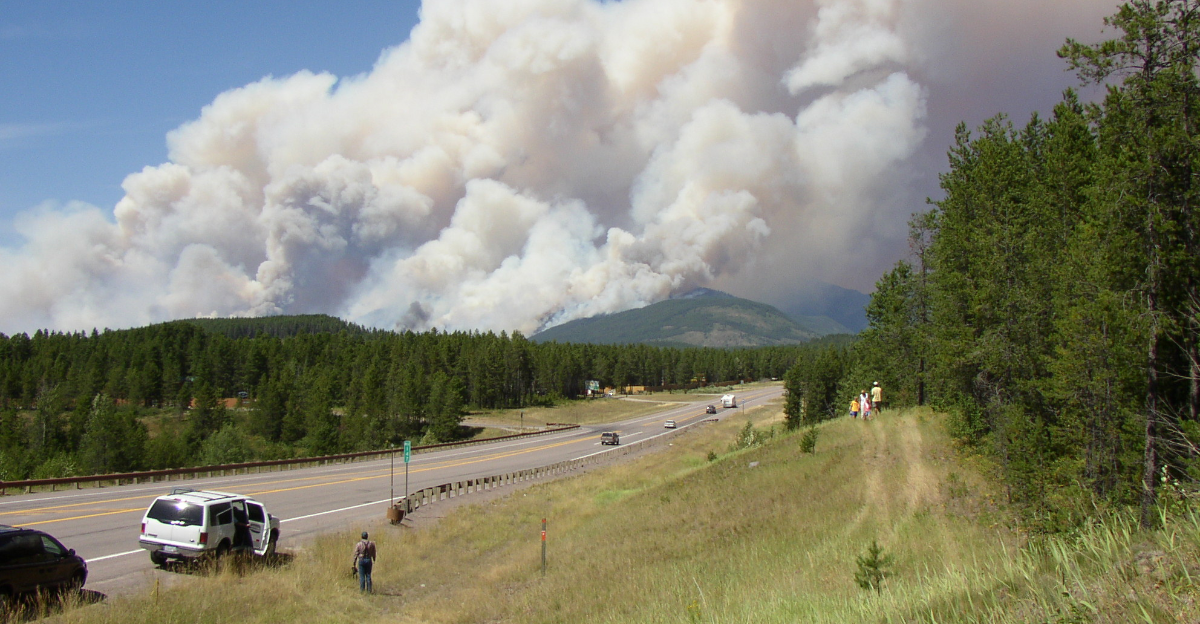
The Grand Canyon is one of the most remarkable places on Earth, but this natural wonder is facing a dire threat. A rapidly spreading wildfire has put the national park on high alert. In just 24 hours, the blaze has grown tenfold, forcing emergency crews into a race against time to contain its relentless advance.
With thick smoke billowing over the canyon’s rim and flames encroaching on popular trails and visitor centers, officials are urging caution and preparing for possible evacuations.
The Dragon Bravo Fire
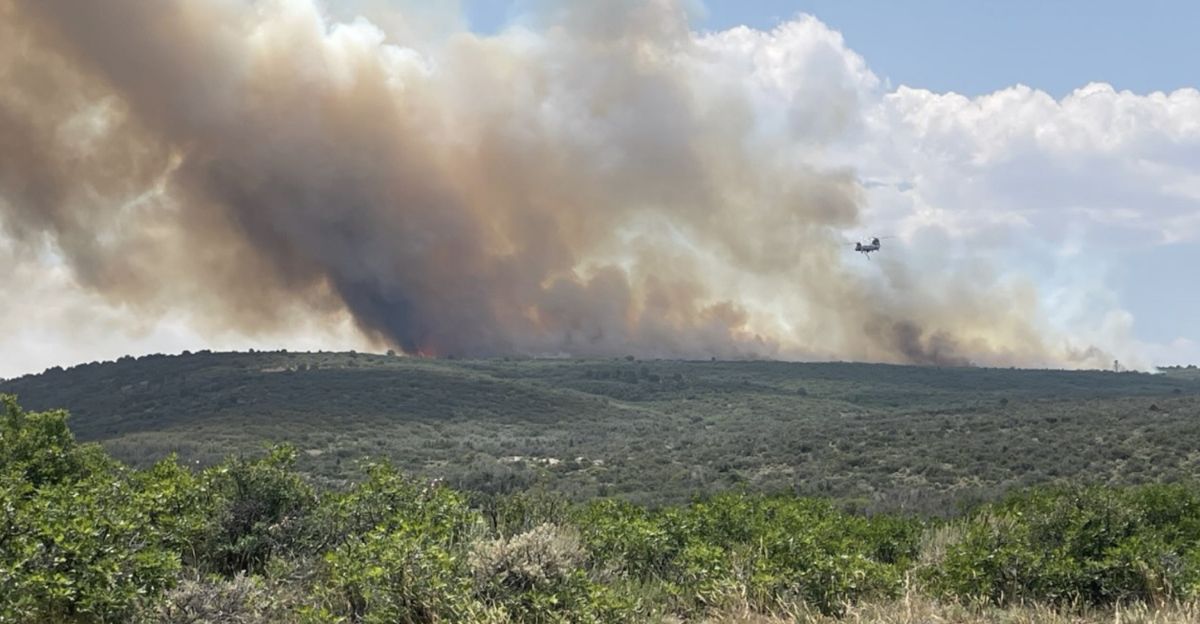
Sparked by a lightning strike on July 4, the fire was initially managed using a “confine and contain” approach. However, extreme heat, low humidity, and fierce winds quickly transformed it into an uncontrollable inferno. Within days, the blaze obliterated the iconic Grand Canyon Lodge and up to 80 other structures, including visitor centers, administrative offices, employee housing, and essential park facilities.
The devastation forced the evacuation of all staff and guests, but, remarkably, no injuries or fatalities have been reported. “The fire exhibited extreme and volatile behavior the evening of July 12, resulting in a 500-acre expansion,” the National Park Service reported.
Firefighters Battle Relentless Conditions
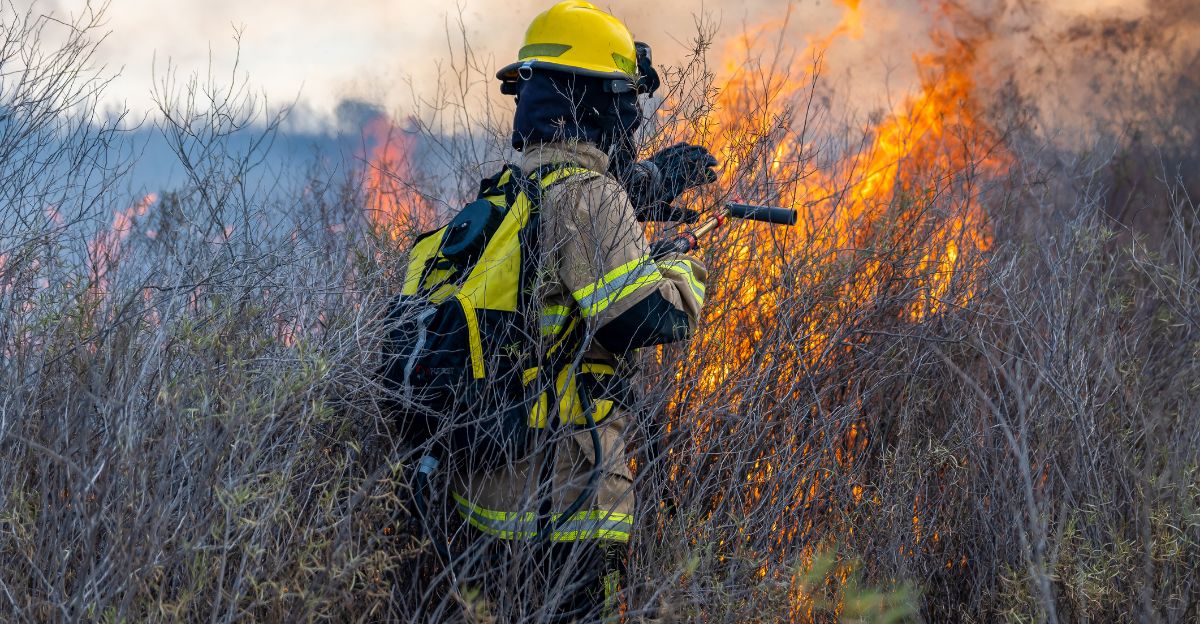
Firefighters on the front lines of the Dragon Bravo Fire are battling relentless and unforgiving conditions as they work tirelessly to protect the Grand Canyon and surrounding communities. The steep canyon walls and dense forests make access difficult, forcing many responders to rely on aerial support and specialized equipment.
“On July 12, at approximately 10:30 p.m., fire activity intensified rapidly, fueled by sustained winds of 20 mph and gusts reaching up to 40 mph. Firefighters made significant efforts overnight to slow the fire’s progression under dangerous and fast-changing conditions,” said the NPS.
Historic Grand Canyon Lodge Lost to Flames
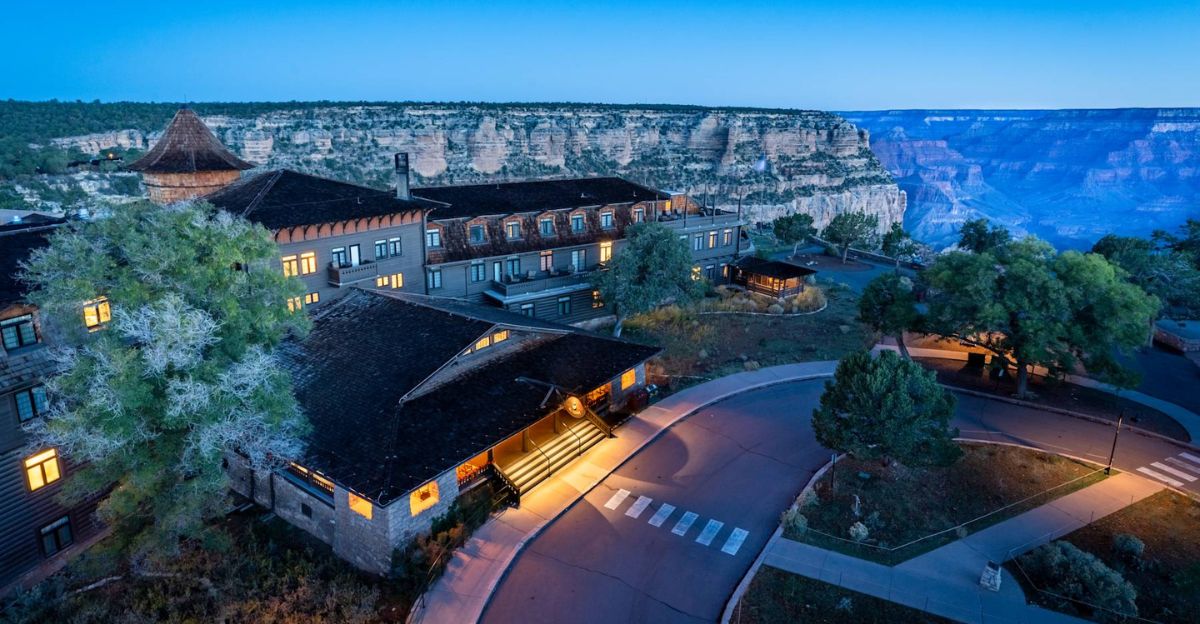
As flames from the Dragon Bravo Fire swept across the North Rim, the lodge was reduced to nothing more than ashes, along with other buildings and structures in the area. The lodge, opened in 1937 and rebuilt after a 1932 fire, was the only in-park lodging on the North Rim and a beloved first stop for generations of visitors.
All staff and guests were safely evacuated before the fire reached the area, but the loss of this National Historic Landmark was a sad day. “We are devastated by the loss of Grand Canyon Lodge and historic buildings on the North Rim,” read a statement from the NPS.
The North Rim Evacuated
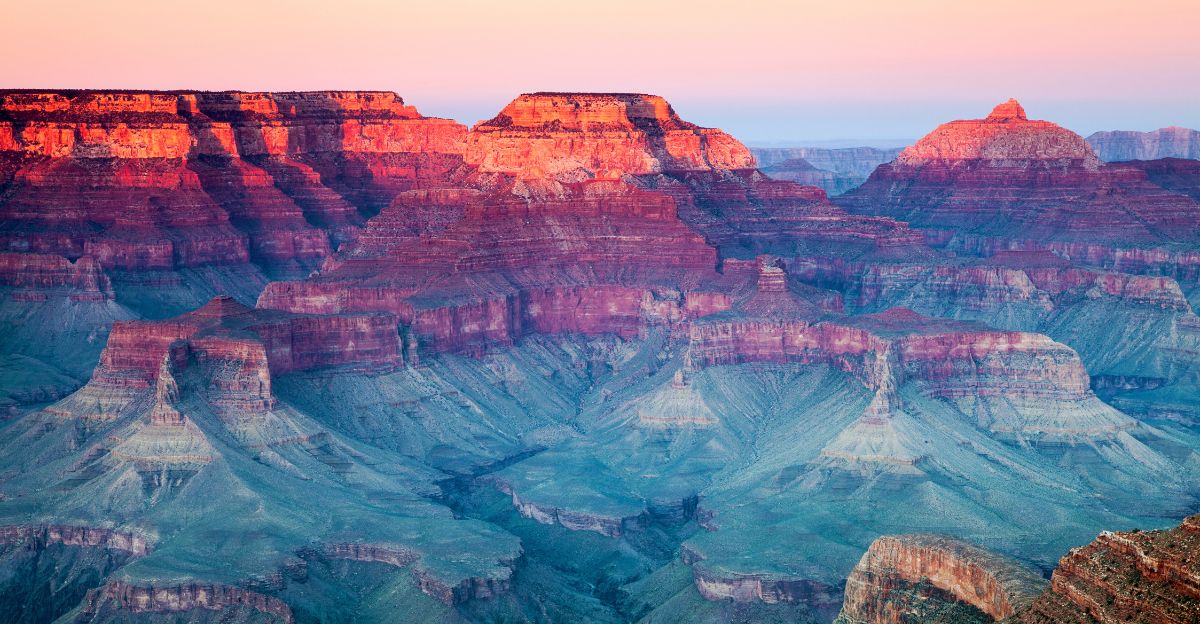
In a matter of hours after starting, park officials and emergency crews coordinated the removal of approximately 500 visitors, along with all staff and local residents, as flames and thick smoke threatened the area. The evacuation was further complicated by a chlorine gas leak from a burning water treatment facility, which posed additional health risks and required the immediate withdrawal of firefighters and hikers from the inner canyon.
“They must first take aggressive action to end the wildfire and prevent further damage,” said Arizona Gov. Katie Hobbs. “But Arizonans deserve answers for how this fire was allowed to decimate the Grand Canyon National Park.”
Governor Calls for Federal Investigation

Expressing deep sorrow over the loss of the historic Grand Canyon Lodge and the destruction of dozens of other structures, Hobbs questioned the federal government’s initial decision to manage the lightning-sparked blaze as a controlled burn during the peak of Arizona’s dry, hot summer.
“I am calling on the federal government for a comprehensive and independent investigation into the management of the Fire and a report detailing the decisions that led to this devastating outcome,” she said.
The Perfect Storm for Disaster

Scorching temperatures that soared above 110°F and humidity levels that plummeted left the landscape parched and highly flammable. Sustained winds of 20 mph, with gusts reaching up to 40 mph, whipped the flames across the North Rim, making containment nearly impossible and forcing firefighters to retreat from critical zones.
The National Weather Service issued repeated warnings about the dangerous combination of heat, wind, and dry vegetation, which created ideal conditions for the fire to spread rapidly and unpredictably.
Chlorine Gas Leak Adds to Danger
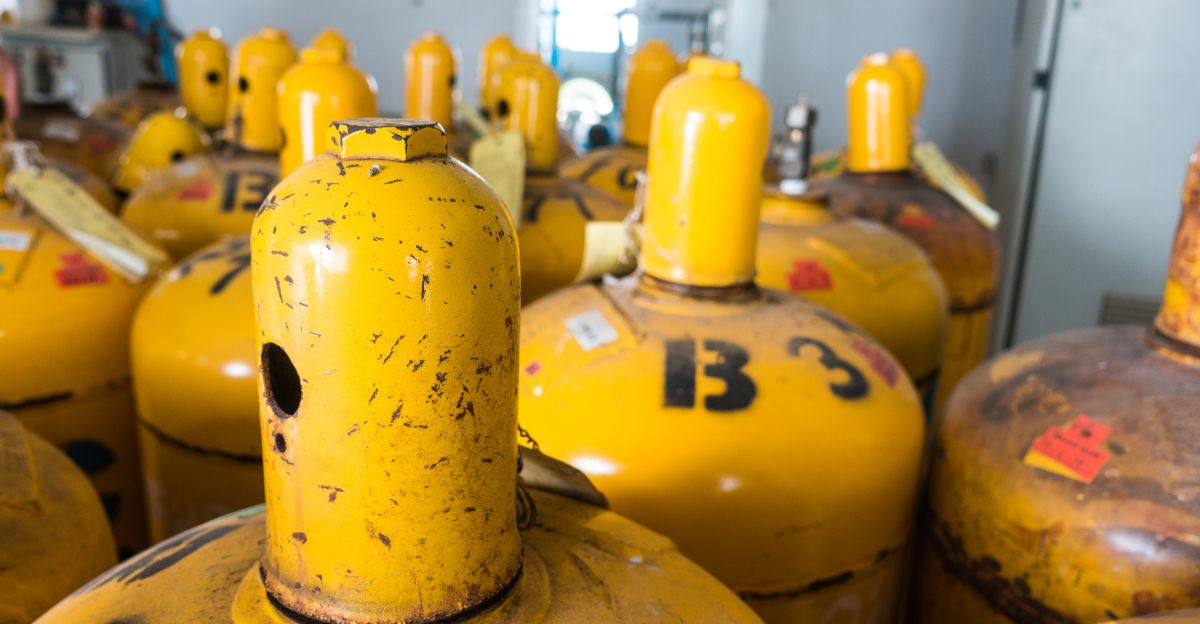
When the raging wildfire reached the North Rim’s water treatment facility, chlorine gas was released, causing an even bigger danger than before. The gas quickly settled into the canyon’s lower elevations, posing a significant health risk to anyone in its path. In response, park authorities immediately evacuated firefighters from the North Rim and cleared hikers from the inner canyon, while all river trips were rerouted to avoid Phantom Ranch.
“The use of aerial retardant was not feasible due to a chlorine gas leak at the water treatment facility, which required the evacuation of firefighting personnel from critical zones nearby,” said the NPS.
Wildlife and Ecosystems at Risk
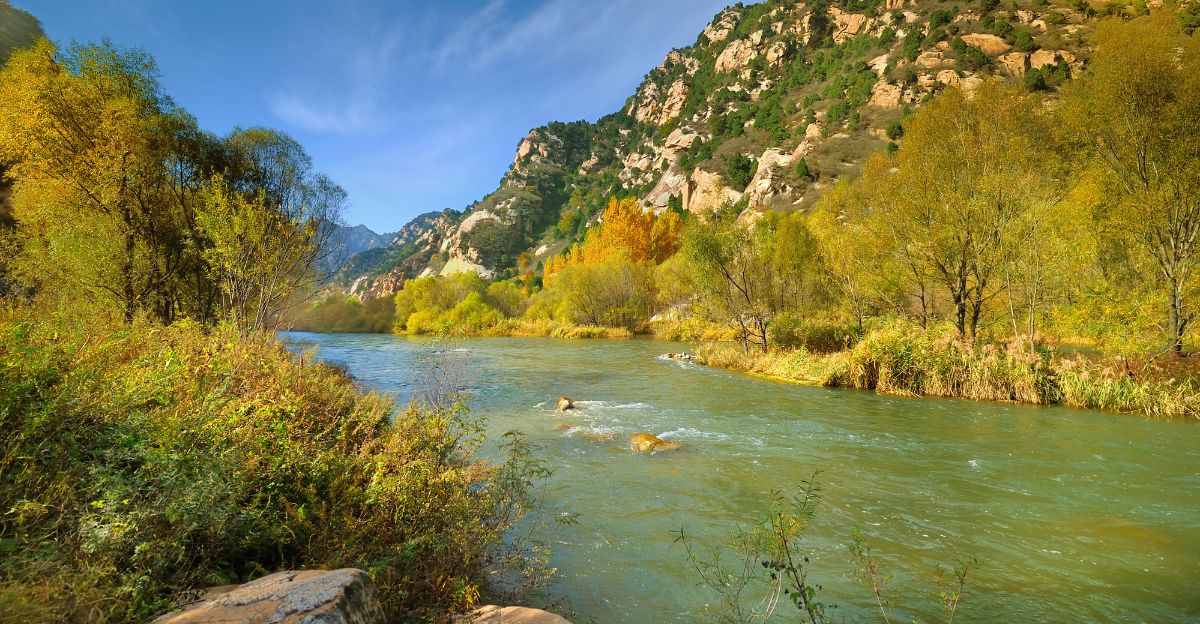
As this fire raged over the Grand Canyon, it was no surprise that wildlife and the environment were drastically affected. Many species rely on the North Rim’s diverse habitats for nesting, foraging, and migration, and the destruction of vegetation and water sources threatens their survival. The loss of tree cover and ground vegetation also increases the likelihood of soil erosion and runoff, which can degrade water quality in the Colorado River and disrupt aquatic life.
As the fire continues to burn, biologists and park officials are bracing for long-term ecological impacts that could alter the Grand Canyon’s natural balance for years to come. “That’s what we’re seeing in the aftermath of the fires — just animals that are having a hard time and being pushed into areas they are not traditionally in,” said Denise Upton, an animal care director at Lake Tahoe Wildlife Care.
A Silver Lining Amidst the Loss
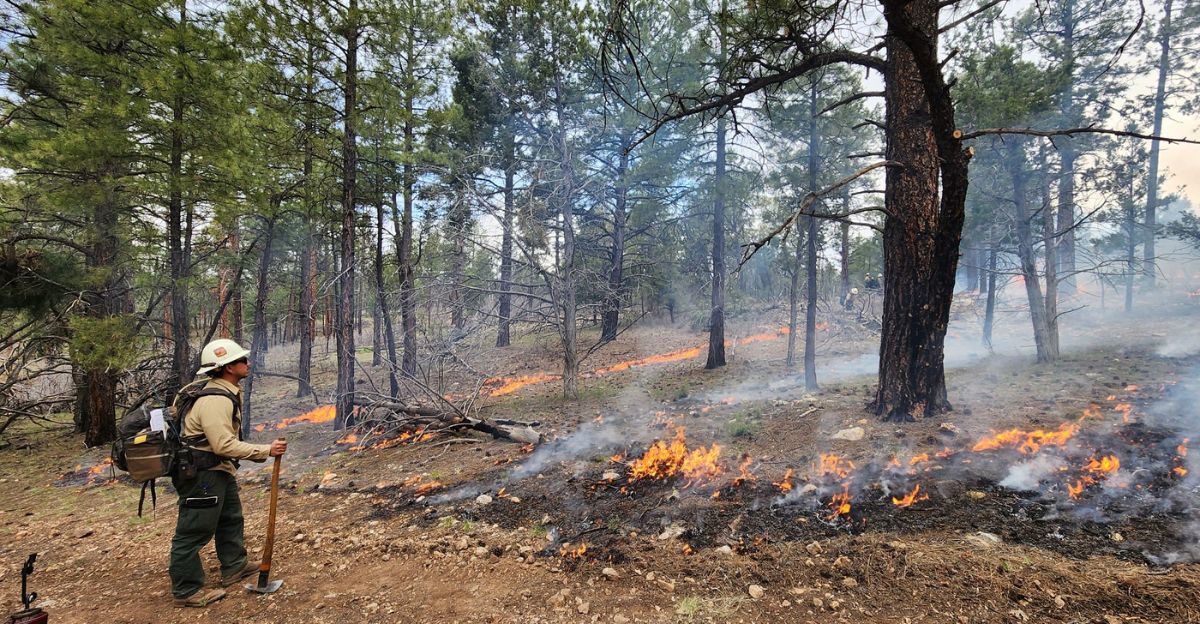
Even though this fire is one of the most devastating in a long time, there was a positive outcome to the ordeal. Thanks to the swift and coordinated efforts of park officials and emergency responders, all staff, residents, and visitors were safely evacuated before the fire intensified and swept through the North Rim. Even though many buildings didn’t survive the inferno, emergency teams prioritized human safety above all else, executing a flawless evacuation under rapidly deteriorating conditions.







